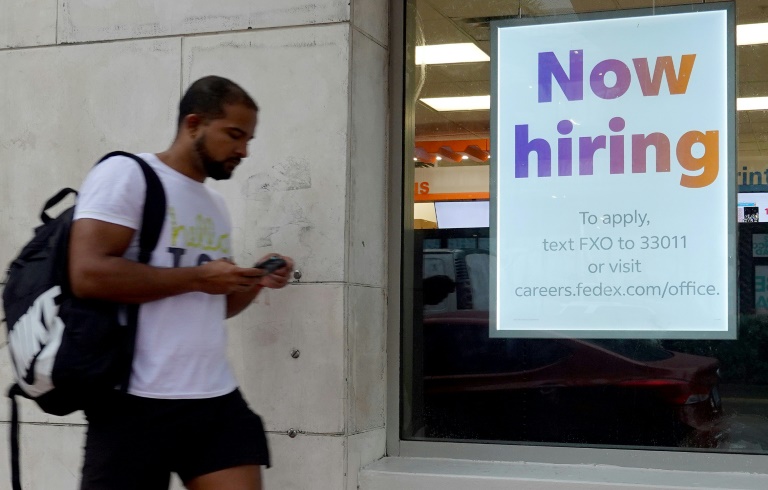Losing customers? Expert reveals 5 key data mistakes that could hurt your online business

Weak US jobs data for August fanned fresh worries about a recession in the world’s number-one economy – Copyright GETTY IMAGES NORTH AMERICA/AFP JOE RAEDLE
Brands know that, in the face of an increasingly crowded market, delivering an outstanding ‘in the moment’ customer experience can help them stand out from their competitors.
However, surveys like Adobe’s 2024 Digital Trends report, reveal that with only 26 percent of customers describing their digital experience with a brand as “excellent”, it is clear that many brands have a long way to go before the CX they deliver matches customer expectations.
Companies are sitting on volumes of customer data, but how is this being used? Which common customer data mistakes are causing potential customers to take their business elsewhere?
The 2024 study, conducted by Adobe, reveals the common customer data mistakes to avoid, as well as insights into how that hard-earned customer interaction can be transformed into a lifetime of loyalty.
From the report, key data mistakes that should not be overlooked are:
Not utilising customer data for personalisation
The study, from Adobe, found that companies that prioritise personalisation achieve ten times more conversions compared to those with only basic personalisation. The Adobe Digital Trends study also found that 73 percent of consumers would rather do business with a brand that personalises marketing materials such as emails.
By utilising data to create a personalised approach for all customers, companies could be able to drive loyalty with one-to-one experiences as well as identifying upsell opportunities with personalised offers and promotions.
Adobe’s Real-Time Customer Data Platform (RTCDP) plays a role in this process by unifying customer data across various touchpoints, enabling businesses to create real-time customer profiles to deliver targeted messaging and personalised experiences that boost conversions and foster customer loyalty.
Failing to use artificial intelligence for better personalisation
Artificial intelligence is becoming more prominent within the customer experience journey, helping to analyse vast amounts of data such as purchase history, browsing trends, and social media interactions, to provide deeper insights and more refined customer targeting. Personalisation also requires a huge amount of content.
The Adobe Digital Trends study also found that companies have the capability to generate 40 percent more revenue from personalisation, compared to slower growing organisations.
Failing to supply customers with additional online support options
Nearly 50 percent of global consumers have interacted with brands via online support options such as third party messaging platforms, apps and mobile or desktop websites over the last 12 months2. Additionally, 86 percent of shoppers are willing to pay more for an exceptional customer experience, while 64 percent are more inclined to recommend a brand following a positive interaction.
It would appear that today’s customer expects to be able to resolve any customer service issues quickly and on whichever channel is most convenient for them at the time. They also expect that, should they be moved from one platform to another, that their details and the details of their service request automatically travel with them from one platform to the next.
The key for brands is to not only ensure there are multiple options for their customers to resolve their issues, but also to make sure that each platform is connected to be able to provide real-time assistance that fosters loyalty.
Not creating an aligned omnichannel strategy
Omnichannel marketing strategies can integrate marketing channels such as email, online and social media, allowing customers to move seamlessly across channels. Figures suggest that businesses who prioritise omnichannel marketing see significant benefits, with 80 percent reporting increased revenue and 72 percent reporting profitability.
Despite this, Adobe found that 37 percent of brand professionals fail to implement a strategy that is able to reach customers across every channel.
Spelling mistakes in onsite copy
It is vital that all onsite copy has been spell-checked prior to publishing, as spelling mistakes in the likes of product descriptions and ordering pages can make a website appear amateur, unprofessional and untrustworthy.
Losing customers? Expert reveals 5 key data mistakes that could hurt your online business
#Losing #customers #Expert #reveals #key #data #mistakes #hurt #online #business





